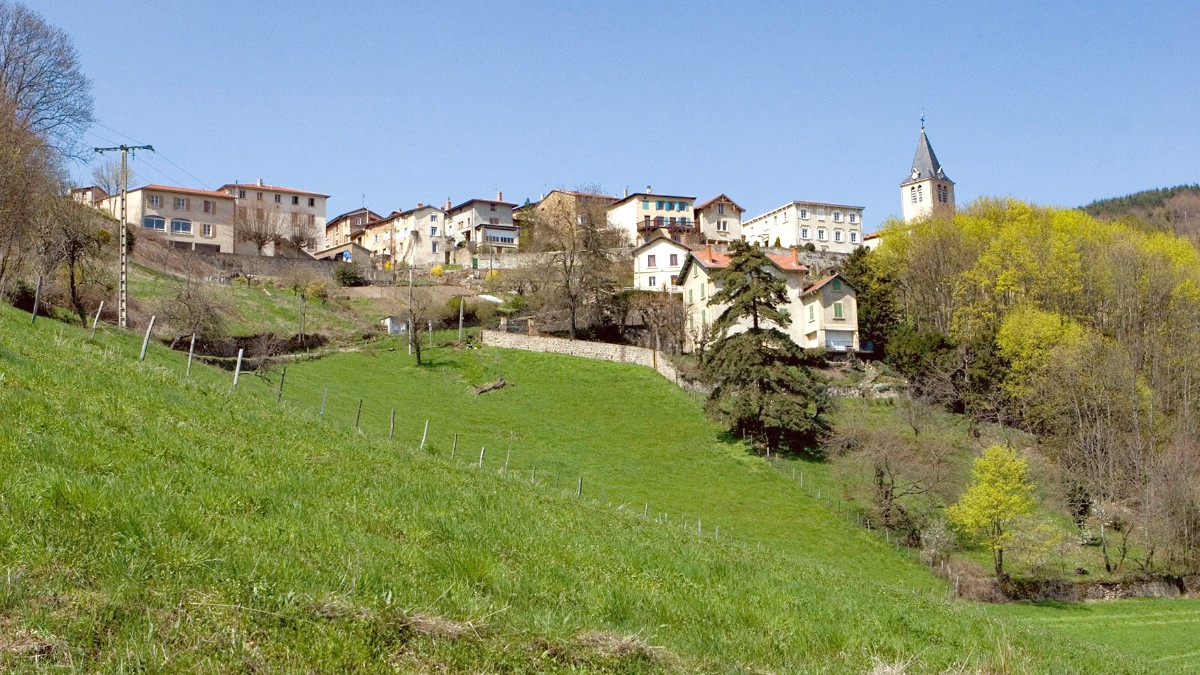
France
Regional trains (TER - Transport Express Régional) are an efficient way to travel along the eastern edge of Beaujolais, following the Saône River valley. They connect major towns like Villefranche-sur-Saône, Belleville-sur-Saône, and Mâcon directly to Lyon. TER trains are comfortable for travel. Local bus networks operate within various departments, like "Cars du Rhône" for the Rhône department and "Mobigo" for Saône-et-Loire. These buses connect smaller towns and villages. Services can be infrequent, especially on weekends and public holidays, and some very remote villages may have little to no bus service.
Hubs: Villefranche-sur-Saône serves as a key transport hub. Lyon Part-Dieu is the main gateway from outside the region. Beaujeu is a minor bus hub. Maps and timetables are available on respective departmental transport websites (car.rhone.fr, mobigo.fr) and SNCF Connect (sncf-connect.com) for train schedules. Tickets for TER trains are available at stations or via the SNCF Connect app. Bus tickets are usually bought directly from the driver.
Plan routes due to infrequent bus services, especially for remote villages or wineries.
A rental car is often the most practical for maximum flexibility, especially for vineyard exploration.
Use trains for longer distances, then switch to cycling, walking, or taxis for local exploration.
Regularly during the day, less frequent evenings/Sundays.
Vary widely by route, may be limited or absent on weekends.
Always verify specific timetables for your planned journey.
Some remote villages have little to no service.
Taxis and ride-sharing services offer direct and flexible options, especially for reaching destinations off bus or train routes.
Major companies (Hertz, Avis) at LYS and larger towns. IDP needed for non-EU licenses. Book in advance for better rates. For car rentals, use comparison sites like DiscoverCars.com.
Less common in rural Beaujolais; options mainly in Lyon. Appropriate license is needed.
Dedicated shops in tourist towns and Cru villages. Road bikes, hybrids, and e-bikes available. Excellent for exploring vineyards.
Walking and cycling offer immersive ways to experience Beaujolais’ landscapes and villages.
A good network of quiet rural roads with low traffic and designated cycle routes like "Voies Vertes".
The "Voie Verte du Beaujolais" is a noteworthy example.
Be aware of car traffic on busier departmental roads. Always wear a Helmet.
Ride predictably and follow French traffic laws.
Tourist offices provide cycling maps. Use cycling apps for bike-friendly routes.
Consider e-bikes for hilly terrain.
Beaujolais offers various transportation options depending on your travel style and desired flexibility.
For maximum independence and vineyard exploration, a rental car is ideal. Public transport and cycling offer more immersive, budget-friendly ways to experience the region.